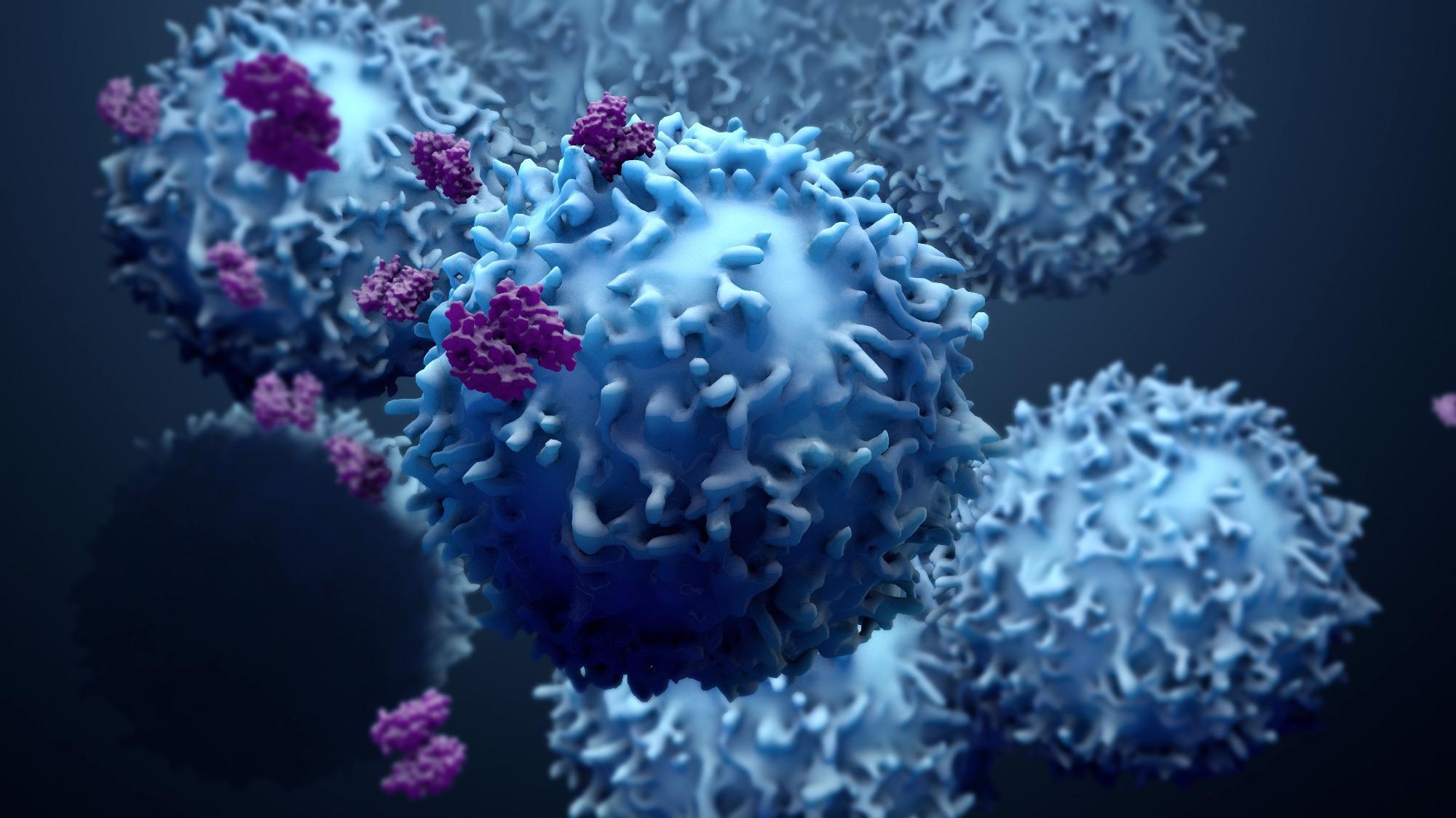
Image credit: Design_Cells/shutterstock.com
To date, oncologists and scientists had classified these lung cancer patients into two wider categories—those who would benefit from immunotherapy, and those who would probably not.
However, according to Pranjal Vaidya, a PhD student in biomedical engineering and researcher at the university’s Center for Computational Imaging and Personalized Diagnostics (CCIPD), a third category of patients has started to emerge—hyper-progressors who would actually get worse by immunotherapy, such as a very short lifespan following treatment.
This is a significant subset of patients who should potentially avoid immunotherapy entirely. Eventually, we would want this to be integrated into clinical settings, so that the doctors would have all the information needed to make the call for each individual patient.
Pranjal Vaidya, PhD Student in Biomedical Engineering, Center for Computational Imaging and Personalized Diagnostics, Case Western Reserve University
Vaidya is the first author of a 2020 paper that reports the results of the study in the Journal for Immunotherapy of Cancer.
Ongoing Research into Immunotherapy
At present, only around 20% of all cancer patients can actually benefit from immunotherapy. This treatment varies from chemotherapy as it uses drugs to support the immune system to combat cancer, whereas chemotherapy involves the use of drugs to directly destroy cancer cells, as per the National Cancer Institute.
Under the leadership of Anant Madabhushi, Donnell Institute Professor of Biomedical Engineering, the CCIPD has emerged as a worldwide leader in the detection, diagnosis and characterization of different types of cancers and other diseases by integrating medical imaging, AI and machine learning.
This new study is based on other recent studies by CCIPD researchers which have shown that AI and machine learning can be employed to predict which lung cancer patients will benefit from immunotherapy.
In this study and other earlier studies, researchers from Case Western Reserve and Cleveland Clinic typically trained computers to track and recognize patterns in CT scans captured during the first diagnosis of lung cancer to unravel information that could have been valuable if known before treatment.
Although several cancer patients have benefited from immunotherapy, scientists are looking for a better technique to identify who would most probably respond to those treatments.
This is an important finding because it shows that radiomic patterns from routine CT scans are able to discern three kinds of response in lung cancer patients undergoing immunotherapy treatment—responders, non-responders and the hyper-progressors.
Anant Madabhushi, Study Senior Author, Center for Computational Imaging and Personalized Diagnostics, Case Western Reserve University
“There are currently no validated biomarkers to distinguish this subset of high risk patients that not only don’t benefit from immunotherapy but may in fact develop rapid acceleration of disease on treatment,” noted Pradnya Patil, MD, FACP, associate staff at Taussig Cancer Institute, Cleveland Clinic, and study author.
Analysis of radiomic features on pre-treatment routinely performed scans could provide a non-invasive means to identify these patients. This could prove to be an invaluable tool for treating clinicians while determining optimal systemic therapy for their patients with advanced non-small cell lung cancer.
Pradnya Patil, Associate Staff, Taussig Cancer Institute, Cleveland Clinic
Information Outside the Tumor
Similar to other earlier cancer studies at the CCIPD, researchers again discovered some of the most vital hints as to which patients would be harmed by immunotherapy outside the tumor.
“We noticed the radiomic features outside the tumor were more predictive than those inside the tumor, and changes in the blood vessels surrounding the nodule were also more predictive,” added Vaidya.
This latest study was performed with data gathered from 109 patients treated with immunotherapy for non-small cell lung cancer being, she stated.
Journal Reference:
Vaidya, P., et al. (2020) Novel, non-invasive imaging approach to identify patients with advanced non-small cell lung cancer at risk of hyperprogressive disease with immune checkpoint blockade. Journal for ImmunoTherapy of Cancer. doi.org/10.1136/jitc-2020-001343.